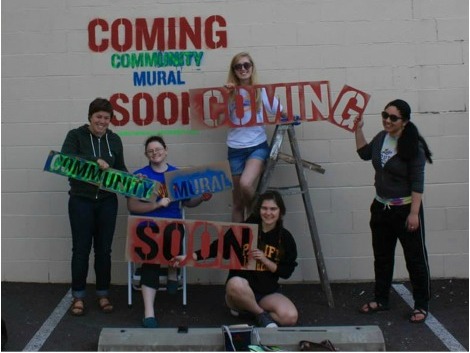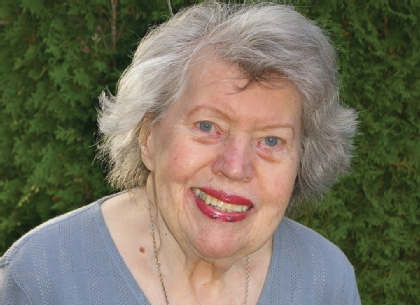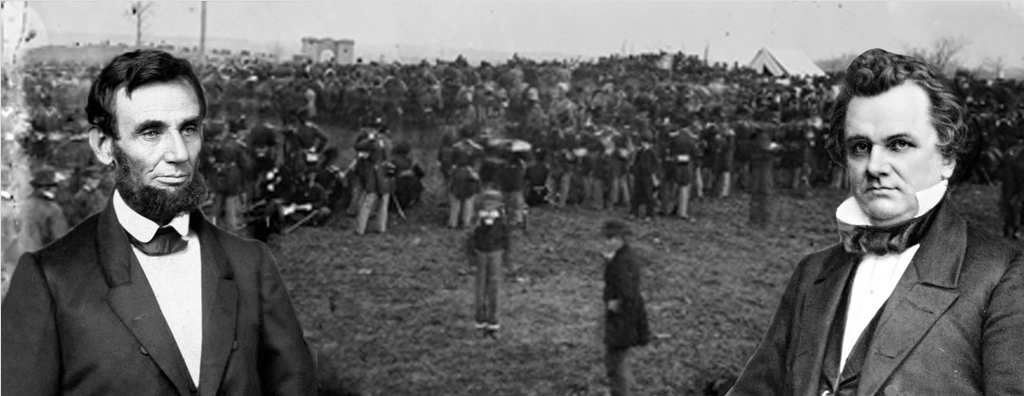Page 12 • (325 results in 0.011 seconds)
-
The Archives and Special Collections has launched a new collections management system , providing users with increased access to the library’s rare and unique holdings. The system brings together descriptions of physical records, digitized materials, and born digital content held by the Archives and Special…
publications, and records from Scandinavian cultural organizations. Users can limit their search to a particular collection area or search across all holdings and can also browse by subject, place, or digital objects. The system is a work in progress and archivists Anna Trammell and Josh Smith are continuously adding new content. For questions or additional information, contact archives@plu.edu. Read Previous On Exhibit (Virtually): Wang Center Contest Winners Read Next Improvement Updates to Online
-

Art in—and for—the Community PLU students prepare the Parkland Post Office wall for a community mural. (Photo: Parkland Community Mural Project) Parkland Community Mural Project is a Shared Reflection of History and Identity By Shunying Wang ’15 Learn more about ‘and work on!’ the mural…
23; and May 26-May 31. RSVP here to help paint. Recognizing that Parkland has its own unique history and cultural identity, Pacific Lutheran University students have created the collaborative Parkland Community Mural Project in hopes of archiving those stories on a prominent neighborhood wall. This project is designed to be community-based; according to organizers, its purpose is to unite local artists, students, community organizations, businesses and community members to creatively and
-

Pacific Lutheran University was recently selected to participate in the second cohort of the Institute of International Education (IIE) American Passport Project. Through this initiative, 25 eligible PLU students who have never had a U.S. passport, will get one free of charge. PLU was one…
, or shorter January Term and summer programs from a diverse rotating list of countries that include Italy, Namibia and New Zealand. For those looking to explore other parts of Washington or the United States, domestic options include Neah Bay, Washington, and Honolulu, Hawaii. Internships, research, language immersion and cultural exploration are foundational elements of study away experiences, and vary from program to program. Whereas many of PLU’s peer institutions contract with outside
-
Are you interested in conducting international service after graduation? Do you want to complete a program that will provide you with the skills to be a critically minded, prepared volunteer? Then you might consider enrolling in the Peace Corps Prep Certificate Program at PLU. This…
., Xavier 150 Information session & application workshop: Tuesday, February 21; 6:00 – 7:00 p.m., AUC 201 (bring a laptop or tablet if you have one) You are also invited to attend the launch of the PC Prep Program on Wednesday, March 1 (3:45 -5:00 p.m., Scan Center). This event will feature a panel of Lute alums who served in the Peace Corps talking about their experiences, especially with cross-cultural engagement. It is in conjunction with the Chris Stevens Memorial Lecture, which features Shamil
-

Even after graduation, a way to stay involved – 65 years later By Chris Albert When Annabelle Birkestol ’45 was deciding which college to go to, her mother gave her an offer she couldn’t refuse. Check out Pacific Lutheran University and, if you go there,…
Cultural Center. Most recently,she made a gift to Project Access. I think they are doing good work in helping students find their way and training young people to go out into the world and make a difference,” Birkestol said. “I think the more young people that are exposed to an education that you get at PLU the better this world will be.” Read Previous Campus Safety keeps watch over “city” of 4,500 Read Next Student learns disaster’s impact first-hand COMMENTS*Note: All comments are moderated If the
-
Peace forum livestreamed at PLU Three speakers at the Nobel Peace Prize Forum will be livestreamed at PLU on March 8,9 and 10. Discussion by faculty will follow. March 8: The first lecture will be by Nobel Laureate Muhammad Yunus, the father of the micro-credit…
Zabriskie (business). March 9: On Saturday, a talk by Dr. Paul Farmer, one of the world’s leading thinkers on health and human rights, will be live streamed at 1:30 p.m. in the Scandinavian Cultural Center. Faculty-led discussion will be led by professors Matt Smith (biology) and Gina Hames (history). March 10: Finally on Sunday, Nobel Laureate Tawakkol Karman, a Yemeni journalist will talk about safety and the rights of women and children in Yemen. She will be live streamed at 1:30 p.m. in room 133 of
-

By Michael Halvorson, Benson Chair in Business and Economic History. On Friday, December 8, 2017, three PLU students will present the results of their summer research projects in a public presentation connected to PLU’s Business and Economic History program. The presenters are Michael Diambri, Teresa…
.” Michael is working towards a History degree at PLU and is scheduled to graduate in May, 2018. Teresa Hackler’s project is entitled “Exclusion laws in Oregon and the context of African American health outcomes.” Teresa is a History major on the way to nursing school, scheduled to graduate from PLU after J-term 2018. Alex Lund’s project is entitled “Trains, Grains, and Elevators: Economic and Cultural Shifts of Agricultural Communities in Northeastern Montana, 1910-2003.” Alex is a double major (Biology
-
Each year, the PLU Division of Humanities puts together a collection of stories into Prism, offering a few reflections of the great work our faculty do in classrooms and beyond. This year’s stories will introduce you to a new Philosophy professor , a Nordic Studies…
Greetings from the Dean 2018 Posted by: Matthew / May 7, 2018 May 7, 2018 By Kevin J. O'BrienDean of HumanitiesEach year, the PLU Division of Humanities puts together a collection of stories into Prism, offering a few reflections of the great work our faculty do in classrooms and beyond. This year’s stories will introduce you to a new Philosophy professor, a Nordic Studies professor who returned to teach at his alma mater, and our new Director of the Scandinavian Cultural Center. You will get
-
PLU wins Simon Award This spring, PLU received a powerful acknowledgement that it continues to be seen as a leader in globally focused education. The university was awarded the 2009 Senator Paul Simon Award for Campus Internationalization, a prestigious award that honors outstanding efforts on…
programs that earned the university its honor. In general, “PLU has made a conscious decision to talk about “study away” rather than “study abroad,” Sobania said. “We do so because the south Puget Sound is so richly diverse that one does not need to travel more than a few blocks to have a cross-cultural experience.” Many of those cross-cultural experiences happen right on campus. For instance, more than 230 international students study on-campus, representing 24 countries. On-campus groups also focus
-

Dr. David Zarefsky to speak on the 1858 public debates Renowned argumentation scholar David Zarefsky will bring his expertise to Pacific Lutheran University (PLU) to speak on “Lincoln, Douglas, and Slavery: In the Crucible of Public Debate” on Thursday, May 14 at 6 p.m. in…
, Director of PLU Forensics, said. “It is quite fascinating to see the cultural shift that took place.” Zarefsky is a Professor Emeritus of Communication Studies at Northwestern University and is considered to be the world’s most renowned scholar on Lincoln. His research and teaching are in the areas of rhetorical history and criticism, argumentation, debate and forensics. Zarefsky has authored more than 100 articles in professional journals and two of his books have won the Winans-Wichelns Award for
Do you have any feedback for us? If so, feel free to use our Feedback Form.


